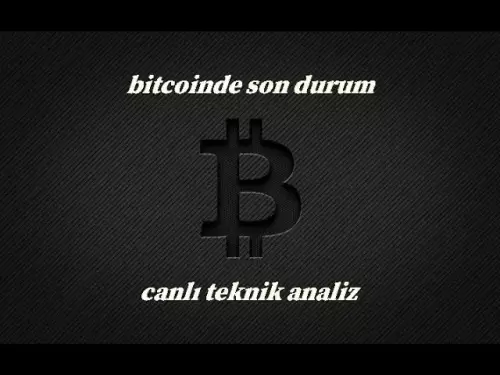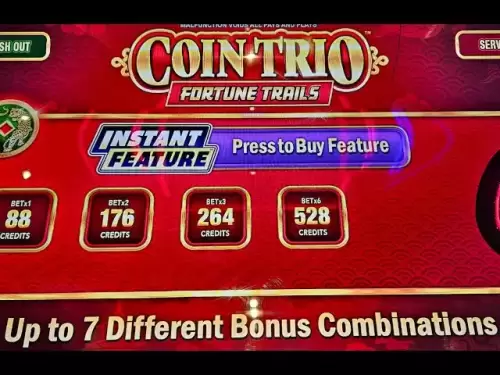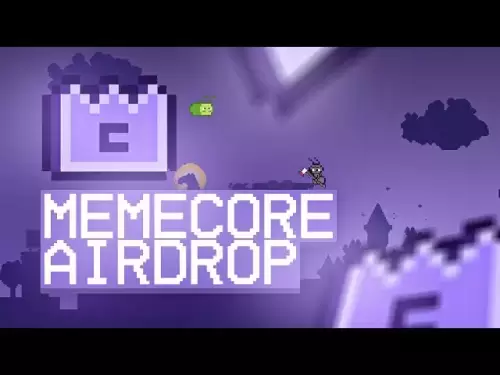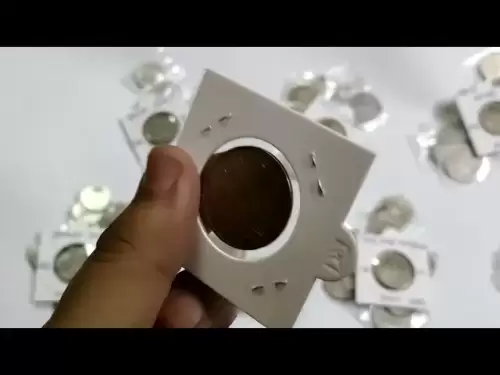-
 Bitcoin
Bitcoin $117,272.7457
1.45% -
 Ethereum
Ethereum $2,938.4907
0.32% -
 XRP
XRP $2.7050
7.14% -
 Tether USDt
Tether USDt $1.0003
0.03% -
 BNB
BNB $688.4019
0.08% -
 Solana
Solana $162.0506
-0.53% -
 USDC
USDC $0.9999
0.01% -
 Dogecoin
Dogecoin $0.1981
2.75% -
 TRON
TRON $0.3014
2.68% -
 Cardano
Cardano $0.7006
4.22% -
 Hyperliquid
Hyperliquid $45.7987
5.26% -
 Sui
Sui $3.3641
-1.74% -
 Stellar
Stellar $0.3530
17.81% -
 Bitcoin Cash
Bitcoin Cash $526.1849
1.91% -
 Chainlink
Chainlink $15.0782
-0.24% -
 Avalanche
Avalanche $20.4108
-1.04% -
 UNUS SED LEO
UNUS SED LEO $9.0974
0.64% -
 Hedera
Hedera $0.1908
0.86% -
 Shiba Inu
Shiba Inu $0.0...01307
-0.71% -
 Toncoin
Toncoin $2.9472
0.65% -
 Litecoin
Litecoin $93.4465
-0.72% -
 Polkadot
Polkadot $3.8633
0.76% -
 Monero
Monero $331.7195
1.21% -
 Uniswap
Uniswap $8.6299
3.44% -
 Dai
Dai $0.9997
-0.01% -
 Ethena USDe
Ethena USDe $1.0005
0.00% -
 Bitget Token
Bitget Token $4.5000
-1.64% -
 Pepe
Pepe $0.0...01213
-0.55% -
 Aave
Aave $293.9403
-3.56% -
 Bittensor
Bittensor $388.7816
4.71%
What is a hard fork and a soft fork?
Hard forks permanently split a blockchain, creating a new cryptocurrency like Bitcoin Cash, while soft forks are backward-compatible upgrades, exemplified by Bitcoin's SegWit, improving the existing chain without division.
Mar 11, 2025 at 03:26 am
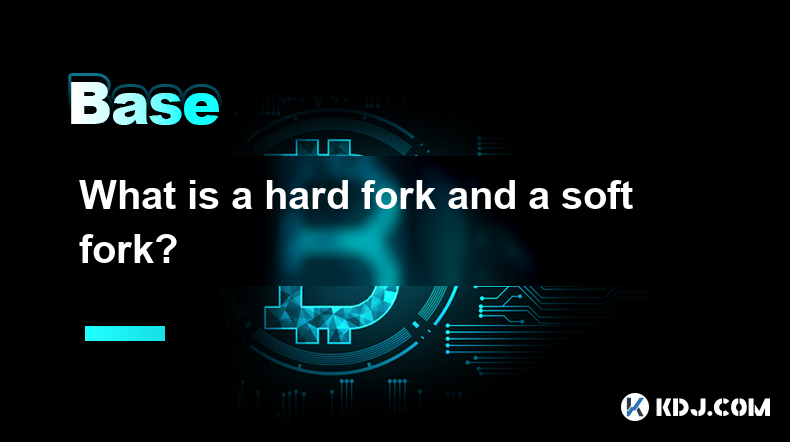
Key Points:
- Hard Fork: A permanent, irreversible change to the blockchain's protocol rules. It creates a new cryptocurrency, splitting the existing chain into two. Backward compatibility is lost.
- Soft Fork: A temporary, backward-compatible change to the blockchain's protocol. Nodes running older software can still validate transactions on the updated chain. It's a smoother upgrade process.
- Differences: Hard forks create new cryptocurrencies; soft forks upgrade the existing one. Hard forks require consensus, while soft forks require only majority adoption.
- Examples: Bitcoin Cash (hard fork of Bitcoin), SegWit (soft fork of Bitcoin).
What is a hard fork and a soft fork? These terms are crucial to understanding cryptocurrency development and evolution. They represent different approaches to upgrading blockchain technology, each with significant implications for the cryptocurrency's future. Understanding the distinctions is key to navigating the complexities of the crypto market.
A hard fork is a fundamental change to a blockchain's protocol that results in a permanent split. Imagine a road splitting into two distinct paths – you can only travel down one, not both. Similarly, a hard fork creates two distinct versions of the blockchain, often leading to a new cryptocurrency. This means that transactions validated on one chain are not recognized on the other, and vice versa. This requires a significant upgrade to the software, and widespread adoption is necessary for the fork to be successful.
The process of a hard fork typically involves a group of developers identifying a need for a major change to the existing blockchain's rules. This might be to improve scalability, security, or introduce new features. After thorough development and testing, the developers release an updated version of the blockchain software. Nodes that update to the new software will operate on the new blockchain, while nodes that remain on the old software will continue on the original chain.
One key example of a hard fork is Bitcoin Cash (BCH). It emerged from a disagreement within the Bitcoin community about scaling solutions. Some developers favored a larger block size to increase transaction throughput, leading to the creation of Bitcoin Cash as a separate cryptocurrency. This illustrates a major divergence in the development path, resulting in two distinct cryptocurrencies with their own communities and market values.
In contrast, a soft fork is a less disruptive upgrade. It's like adding a new lane to an existing highway – the original road remains functional, and vehicles using either the old or new lane can still travel together. A soft fork introduces changes to the blockchain's rules that are backward-compatible. This means that nodes running the older software can still validate transactions on the updated chain.
Soft forks are generally easier to implement than hard forks, requiring less consensus from the network. A majority of nodes need to upgrade to the new software for the soft fork to be successful. If a significant portion of the network remains on the old software, the soft fork might fail. This is because the updated rules won't be enforced if a large number of nodes don't implement them. This is a crucial difference compared to hard forks which immediately create a permanent split.
SegWit (Segregated Witness) is a prime example of a successful soft fork in the Bitcoin network. It aimed to improve transaction scalability and efficiency without creating a new cryptocurrency. Nodes running the older software could still process transactions, even though they didn't fully utilize the new features of SegWit. This demonstrates the seamless nature of soft forks, allowing for gradual upgrades without fracturing the network.
The key difference lies in backward compatibility. Hard forks break backward compatibility, creating a permanent split. Soft forks maintain backward compatibility, allowing for a smoother, more gradual transition. This distinction significantly impacts the risks and potential outcomes associated with each type of fork. Both have a place in the ongoing evolution of blockchain technology, depending on the scope and nature of the proposed changes. The choice between a hard fork and a soft fork depends heavily on the nature and impact of the proposed changes to the blockchain's protocol.
Frequently Asked Questions:
Q: Can a soft fork become a hard fork?
A: No, a soft fork cannot inherently become a hard fork. A soft fork, by definition, is backward compatible. A hard fork would require a separate, deliberate action to create a new, incompatible blockchain.
Q: What are the risks associated with hard forks?
A: Hard forks carry risks like network instability during the transition, the potential for security vulnerabilities in the new chain, and the dilution of the original cryptocurrency's value due to the creation of a new asset. There's also a risk that the new chain may fail to gain sufficient adoption.
Q: What are the advantages of soft forks?
A: Soft forks offer smoother upgrades, minimizing disruption to the network and reducing the risk of network splits. They are generally easier to implement and require less consensus among network participants. They allow for incremental improvements without major upheaval.
Q: How is consensus achieved in a hard fork?
A: Consensus in a hard fork is achieved through the adoption of the new rules by a significant portion of the network's miners and nodes. This often requires community agreement and coordination among developers and stakeholders.
Q: What happens to my cryptocurrency after a hard fork?
A: Usually, you will receive the equivalent amount of the new cryptocurrency created by the hard fork. However, the exact process and distribution depend on the specific hard fork and the policies implemented by the cryptocurrency exchange or wallet you are using. It's essential to research the specifics of each hard fork.
Disclaimer:info@kdj.com
The information provided is not trading advice. kdj.com does not assume any responsibility for any investments made based on the information provided in this article. Cryptocurrencies are highly volatile and it is highly recommended that you invest with caution after thorough research!
If you believe that the content used on this website infringes your copyright, please contact us immediately (info@kdj.com) and we will delete it promptly.
- Bitcoin's 2025 Surge: Outshining Fiat Currencies in a Shifting Financial Landscape
- 2025-07-12 14:30:11
- Bitcoin's Unstoppable Surge: How It's Redefining Fiat Currencies
- 2025-07-12 14:30:11
- Altcoins vs. Bitcoin Dominance: What Analysts Are Saying Now
- 2025-07-12 14:50:12
- Rare Coin Fortune: Unearthing Hidden Treasures in Your 50p Pieces!
- 2025-07-12 14:50:12
- Bitcoin, BTCFi, and Neutrality: Why It Matters Now More Than Ever
- 2025-07-12 12:30:12
- Polkadot's Cross-Chain Evolution: Technical Upgrades and Market Momentum
- 2025-07-12 12:50:12
Related knowledge
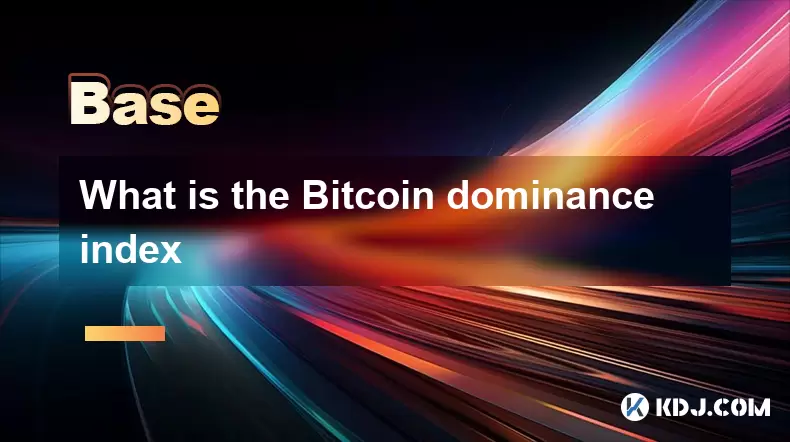
What is the Bitcoin dominance index
Jul 11,2025 at 04:29am
What is the Bitcoin Dominance Index?The Bitcoin Dominance Index is a metric used to gauge Bitcoin's market capitalization relative to the total market...
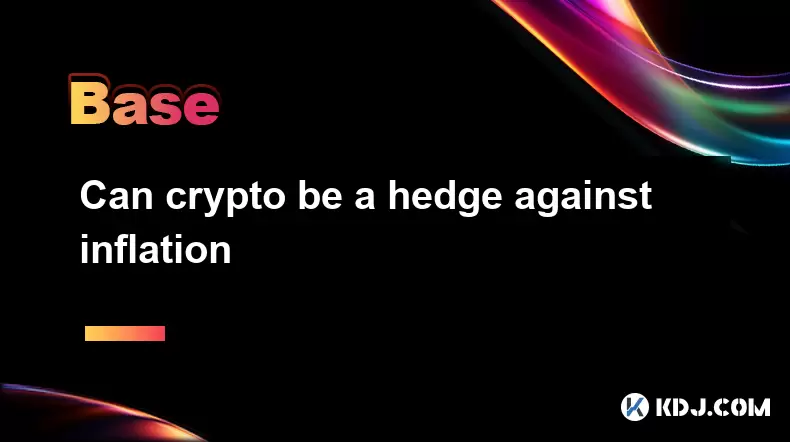
Can crypto be a hedge against inflation
Jul 12,2025 at 12:07pm
Understanding the Role of Blockchain in Decentralized Finance (DeFi)Blockchain technology serves as the backbone of decentralized finance, offering a ...
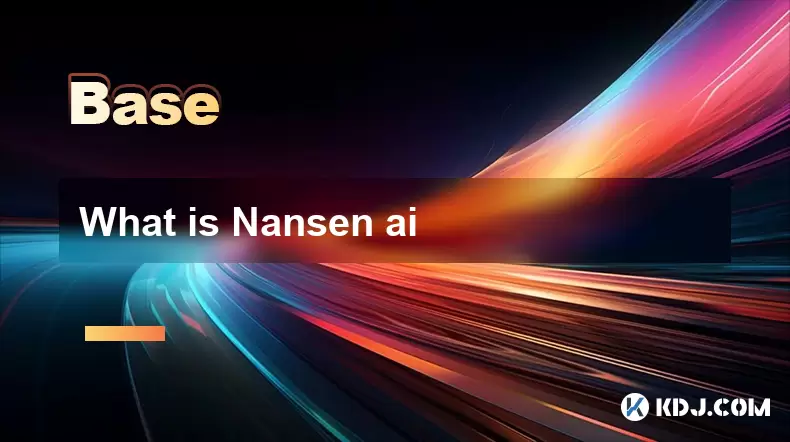
What is Nansen ai
Jul 11,2025 at 03:42am
What is Nansen AI?Nansen AI refers to the integration of artificial intelligence technologies into the Nansen platform, which is primarily known for i...
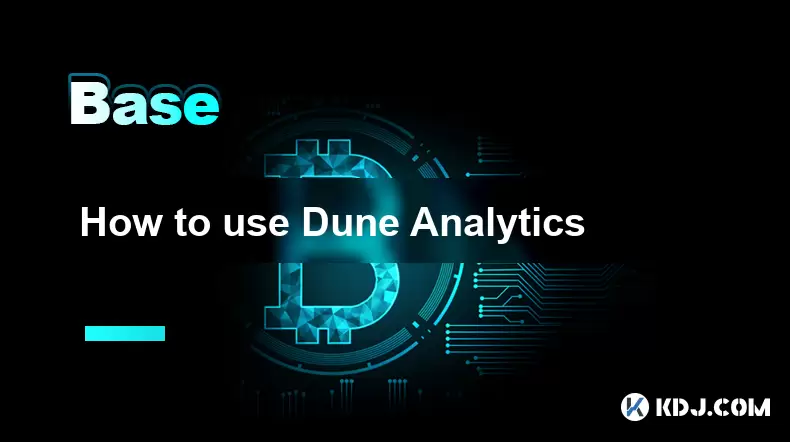
How to use Dune Analytics
Jul 11,2025 at 06:01pm
What Is Dune Analytics?Dune Analytics is a powerful open-source platform that enables users to query, analyze, and visualize blockchain data. It allow...
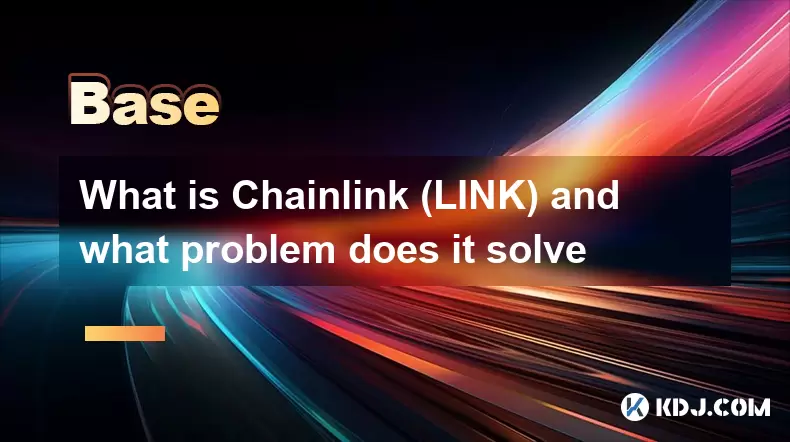
What is Chainlink (LINK) and what problem does it solve
Jul 11,2025 at 12:21pm
What is Chainlink (LINK)?Chainlink is a decentralized oracle network designed to connect smart contracts with real-world data and external systems. Sm...
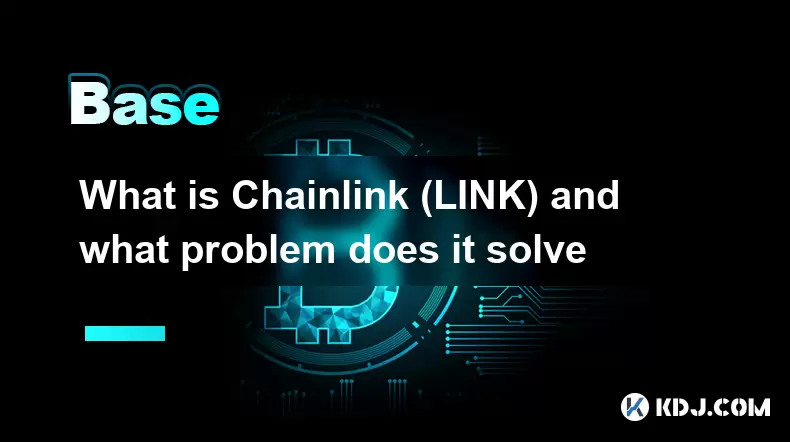
What is Chainlink (LINK) and what problem does it solve
Jul 11,2025 at 03:50pm
Understanding Chainlink (LINK)Chainlink is a decentralized oracle network that enables smart contracts on blockchain platforms to securely connect wit...

What is the Bitcoin dominance index
Jul 11,2025 at 04:29am
What is the Bitcoin Dominance Index?The Bitcoin Dominance Index is a metric used to gauge Bitcoin's market capitalization relative to the total market...

Can crypto be a hedge against inflation
Jul 12,2025 at 12:07pm
Understanding the Role of Blockchain in Decentralized Finance (DeFi)Blockchain technology serves as the backbone of decentralized finance, offering a ...

What is Nansen ai
Jul 11,2025 at 03:42am
What is Nansen AI?Nansen AI refers to the integration of artificial intelligence technologies into the Nansen platform, which is primarily known for i...

How to use Dune Analytics
Jul 11,2025 at 06:01pm
What Is Dune Analytics?Dune Analytics is a powerful open-source platform that enables users to query, analyze, and visualize blockchain data. It allow...

What is Chainlink (LINK) and what problem does it solve
Jul 11,2025 at 12:21pm
What is Chainlink (LINK)?Chainlink is a decentralized oracle network designed to connect smart contracts with real-world data and external systems. Sm...

What is Chainlink (LINK) and what problem does it solve
Jul 11,2025 at 03:50pm
Understanding Chainlink (LINK)Chainlink is a decentralized oracle network that enables smart contracts on blockchain platforms to securely connect wit...
See all articles























